#1900s
Text


Brooch
Marcus & Co. (New York City, New York)
c.1900
This exquisite brooch is one of the few extant examples of plique-à-jour jewelry made by the New York firm of Marcus & Co., whose reputation at its prime rivaled that of Tiffany & Co. Herman Marcus (1828–99), a German–born and Dresden–trained jeweler, arrived in New York in 1850 and worked for a number of prestigious firms before establishing Marcus & Co. in 1892. Following his death, the company continued under the direction of his two sons, George Elder Marcus and William Marcus.
The brooch is a superb example of Marcus & Co.’s work in plique-à-jour enameling, in which the "cells" of color have no backing, allowing light to shine through the transparent enamel, thereby creating the effect of stained glass. One of the only jewelry firms of its day to succeed at this challenging technique, Marcus & Co. followed the lead of such innovative French designers as René Lalique. The sensitive 3-dimensional sculpting of the sweet pea blossoms and leaves, as well as the naturalistic coloring of the enamels, reflects the Art Nouveau aesthetic that prevailed at the turn of the century. Indeed, close parallels can be drawn with the brilliant naturalistic work of Louis Comfort Tiffany, whose oeuvre is so well represented in the Met’s collection.
The MET (Accession Number: Accession Number: 2016.107)
#brooch#jewelry#art nouveau#art history#1900s#turn of the century#fashion history#historical fashion#marcus and co#united states#floral#green#pink#enamel#pearl#diamond#gold#the met#images are pretty big HIGHLY recommend opening in a new tab
478 notes
·
View notes
Text



Arctic fox
By: Karl Soffel
From: Lebensbilder aus der Tierwelt
1908
#captivity#arctic fox#fox#canine#carnivore#mammal#1908#1900s#Karl Soffel#Lebensbilder aus der Tierwelt
250 notes
·
View notes
Text
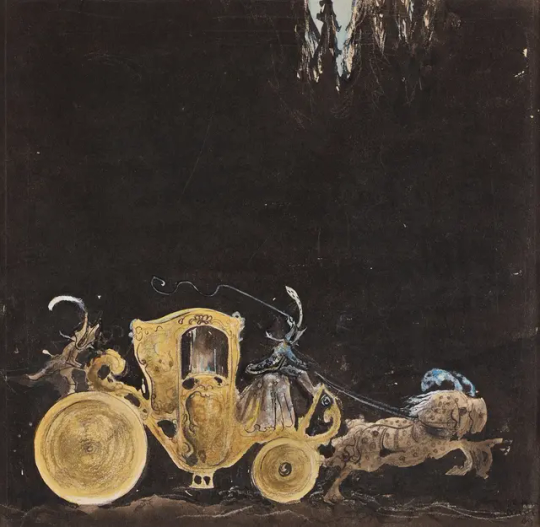
John Bauer - "Soon Domp-Domp-Dubbeldomp's servant lifted her into the golden carriage and off they went with a bang in the forest" (1909)
167 notes
·
View notes
Text
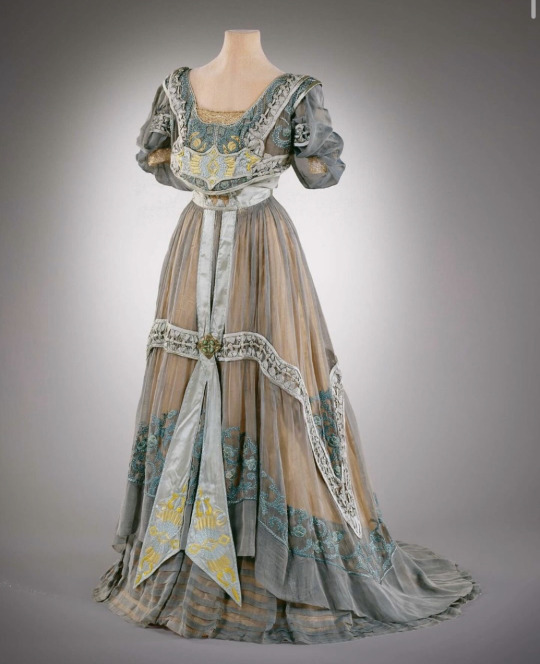
Evening Dress
c. 1907-1908
Callot Soeurs
Hillwood Museum
#edwardian gown#edwardian era#edwardian dress#edwardian#historical fashion#fashion history#historic dress#dress history#1900s#frostedmagnolias
109 notes
·
View notes
Text
The Catalan authors who were kept out of the Nobel Literature Prize for being Catalan
Did you know that there have been a handful of Catalan writers who were candidates to win the Nobel Literature Prize, but because of Spanish interference they never did?
The Nobel Prize discloses its debate and reasoning process 50 years after each edition. This means that we already know the details of what happened in the earliest editions of this Prize, which was started in 1901.
The name of the Catalan play-writer Àngel Guimerà (author of Marta of the Lowlands, Mar i cel, La filla del mar...), whose works have been translated to many languages and played all around Europe and the Americas, with many film and opera adaptations, sounded often in the Nobel committee. He was presented as a candidate to win the Nobel Prize 17 times in a row, since 1907 until his death in 1924. In the editions of 1917 and 1919, many were convinced he would win. However, the declassified documents show why he didn't: as written by the man who was then president of the Nobel Committee, Haralg Härne, Guimerà wasn't given the prize "to avoid hurting the national pride of the Spanish". In 1919, Härne writes that the objective of the Nobel Prize is to promote peace and thus to award Guimerà and show support for a minority culture would be to encourage internal conflict (🤦). The Academy decided that they couldn't give a prize to Guimerà "before awarding another writer who expresses himself in the most ancient noble language of the country" (weird way to mean "the official language", aka Spanish, because they surely didn't mean Basque). In summary, if a Catalan is to be considered, he must always be second to a Spanish man. Even when the Catalan is, in the words of the Nobel Academy, "the most eminent writer of our times", he can never be considered an equal, always must be behind.
Àngel Guimerà wrote in the Catalan language, which was discriminated against by Spanish and considered an enemy by the Spanish government and much of Spanish society. Guimerà was a firm defender of the right to use the Catalan language and that nobody should be forced to speak the imperial languages instead of their own, and was involved with the political movement for the rights of Catalan people. For this reason, every time the famous Swedish academy was considering Guimerà, the Spanish Royal Academy of Language (RAE) fought it with all its might. Nowadays, Guimerà's theatre plays continue to move thousands of spectators every year.
The same happened again with the poet Josep Carner. In the 1960s, Josep Carner was on exile, because he was a Catalan poet writing in Catalan and who stood against the fascist dictatorship of Spain, which persecuted the Catalan language and identity. Famous writers from around the world, including T. S. Eliot, François Mauriac, Giuseppe Ungaretti and Roger Caillois, supported Josep Carner's candidacy to win the Nobel, but the Spanish Government did everything possible to obstruct it. We don't know if Carner would have won or not, but he was deprived of even trying because of the Spanish government's hatred of Catalan.
Something similar seems to have happened between the 1970s and 1990s to three other Catalan poets: Salvador Espriu, J. V. Foix, and Miquel Martí i Pol, where they did not get any support from the Spanish authorities, so we don't know how it would have ended up.
Another example of what it means to have a state actively working against you because of bigotry against your cultural group.
Sources: book Det litterära Nobelpriset by the president of the Nobel Committee Kjell Espmarck, Pep Antoni Roig (El Nacional), Joan Lluís-Lluís (El Punt Avui), and Jordi Marrugat (Institut Ramon Llull).
#literatura#arts#història#àngel guimerà#josep carner#literature#books#reading#nobel prize#nobel literature prize#catalanophobia#catalanofòbia#catalan#cultures#writing#human rights#minority languages#1900s#history
57 notes
·
View notes
Text
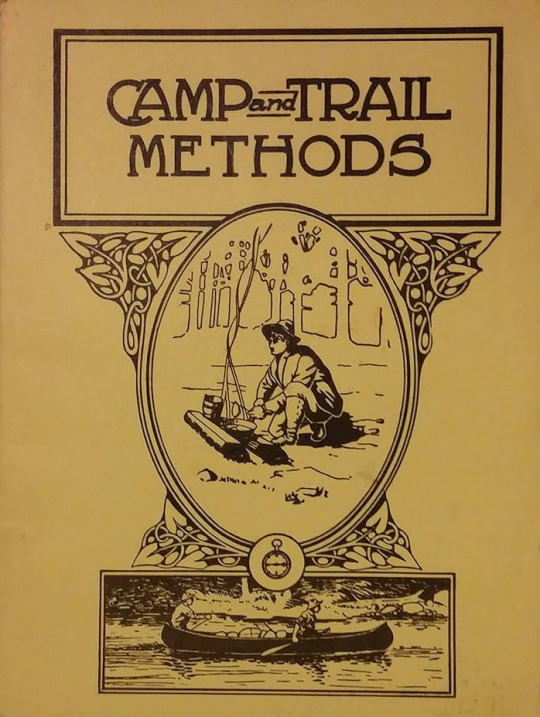
Camp & Trail Methods by Elmer Kreps
1910
#vintage camping#campfire light#elmer kreps#vintage books#camping#history#hiking#survival#outdoors#fishing#1900s
59 notes
·
View notes
Text
☆Update 2:☆
I remembered to take pics today! Sort of. Only after i had put away my machines and stuff...
Here are (most) of my edwardian undergarments
(i am wearing modern clothes under bcs the internet is weird)
Chemise, bustle pad, underbust corset, petticoat
I still need to make a corset cover someday, ive just been using a second thin chemise over all this:
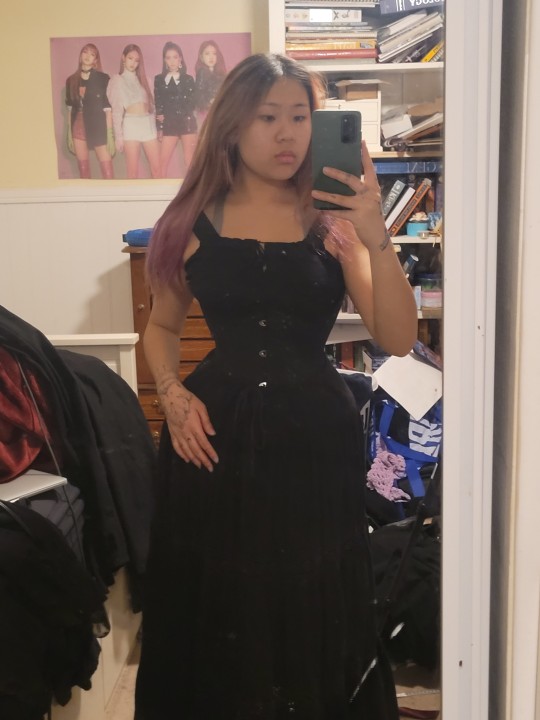
I used these vintage buttons on the cuffs. I wanted some more security but ran out of buttons so i used small snaps:
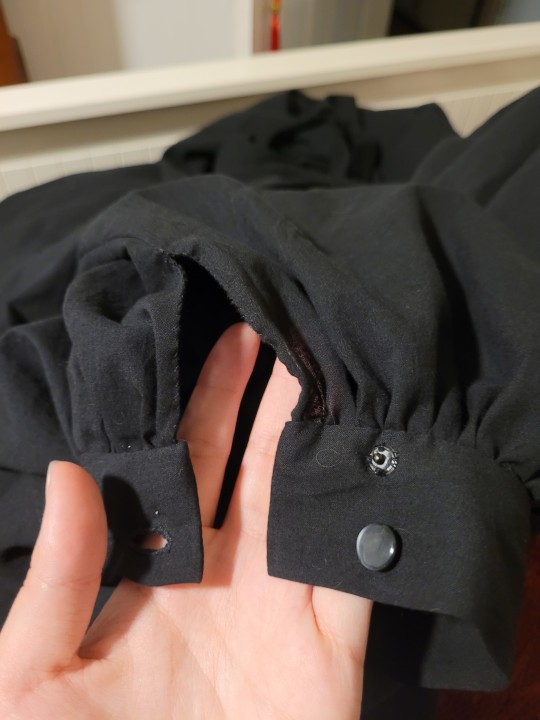
Also put one on the collar so i could try it on. I think the placket at the back of the blouse is a little ugly and larger than ive seen in extant garments but i forgot to adjust the pattern for my broad shoulders and need the extra width for comfort.

I tried on the blouse and skirt together:

I may need to loosen the waistband of the skirt, the corset is a bit bulkier than i thought itd be. Also the blouse is just stuffed into the skirt and currently only has one closure on at the collar so it looks a little bit disproportionate. The belt/sash will help smooth everything out so i dont look like im drowning in voile.
I might go without the bustle pad during the final shoot because i think it gives too much volume in the waist/hip area for edwardian tastes. Its from an 1890s pattern, so the silhouette is a bit out of date. I should probably try the skirt on without the pad before extending the waistband though.
Im pretty happy with how the sleeves turned out! I have some vintage nottingham lace i bought on etsy from penelope textiles that i was going to add to another project. I think ill sew some different laces together and add it to the cuffs to elongate them a bit. Since this dress is supposed to be from roughly 1905, i want the sleeves to look as they wouldve in that time. The photos ive seen mostly feature large ruffles at the ends of elbow-length sleeves but i dont think ill be likely to wear ruffles very often. Ive also seen tighter cuffs that extend from the elbow to mid-forearm or from the elbow to wrist. I think the elbow-length sleeves are a feature of afternoon dresses but i could be wrong. Maybe that was just day dresses? Not sure.
Im also not sure if i want to get gloves/a hat/parasol for this project. On one hand, it would look really cool for the video. On the other hand, it sounds quite expensive and i doubt ill wear it again. I dont want to buy things i wont use and create waste, theres enough of that in fashion. I have a pink 1900s parasol that i might cover with black fabric, but idk.
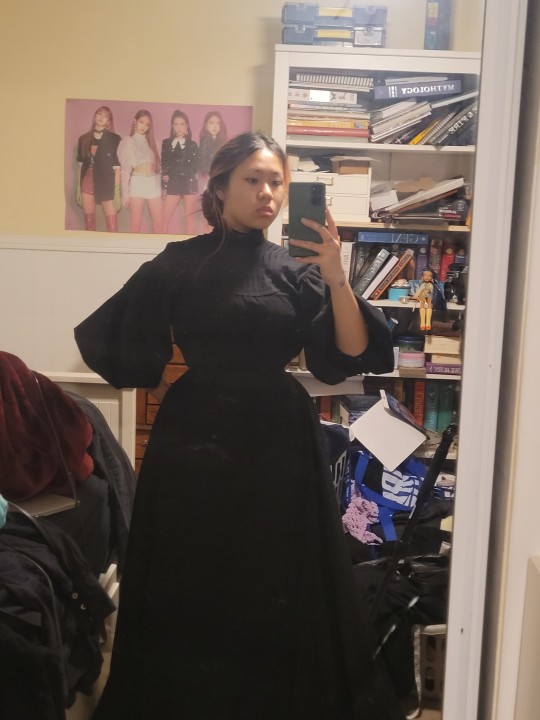
There isnt much left to do! Im gonna make a list here so i have it written somewhere:
-sew snaps onto blouse
-finish blouse hem
-attatch lace cuffs
-press pleats on sash/belt
-order synthetic whalebones
-add bones, hook/bars to belt
This is just the sewing tasks though, i need to edit the video clips and record audio. I have no idea how to do any of this. I just downloaded davinci video editor so hopefully i can figure it out. The only experience i have with video making/editing was in 3rd grade on ipads on the imovie app. Ive just been binge watching bernadette banner videos bcs i love her video style.
Any tips/feedback are much appreciated! ♡
Date: 4/22/24
#edwardian fashion#1900s#early 1900s#edwardian era#edwardian#victorian mourning#victorian dress#victorian era#victorian fashion#fashion history#historical costuming#historical dress#historical fashion
46 notes
·
View notes
Photo

Source details and larger version.
Seeing in the dark: a collection of vintage night photography.
49 notes
·
View notes
Text

News Note: A Bill Has Been Introduced in the Illinois Legislature Limiting Women's Hats to a Diameter of Eighteen Inches
Record Group 46: Records of the U.S. SenateSeries: Berryman Political Cartoon Collection
This illustration entitled, "News Note: A Bill Has Been Introduced in the Illinois Legislature Limiting Women's Hats to a Diameter of Eighteen Inches", by cartoonist Clifford Berryman, which appeared in the Washington Evening Star on April 24, 1909, depicts the serious nature of issues caused by women wearing large hats, especially for men sitting behind them at sporting events.
Two women with enormous hats sit in the front row of a sporting event. One is holding a scorecard and pencil. The men behind them are maneuvering to see around them. A man further back is standing up calling to a policeman, “Officer, do your duty!” The man wears a sport coat, tie, starched collar, and a straw hat. The other men in the stands are similarly dressed. The police officer is standing amid the crowded stands. His helmet says, “Hat Cop.” He holds an 18 inch ruler and measuring tape.
22 notes
·
View notes
Text


Watch
c.1900
Indianapolis Museum of Art (Accession Number: 73.70.38)
#watch#fashion history#historical fashion#accessories#turn of the century#edwardian#1900#1900s#20th century#red#gold#enamel#diamond#indianapolis museum of art
408 notes
·
View notes
Text

Roe deer
By: Max Steckel
From: Lebensbilder aus der Tierwelt
1908
169 notes
·
View notes
Text
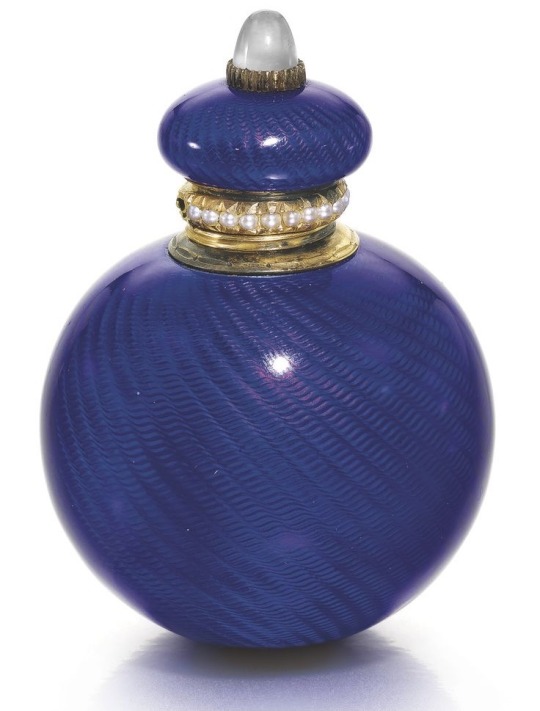
22 notes
·
View notes
Text

Anna Syberg - Apple branch in blossom (1905)
102 notes
·
View notes
Text
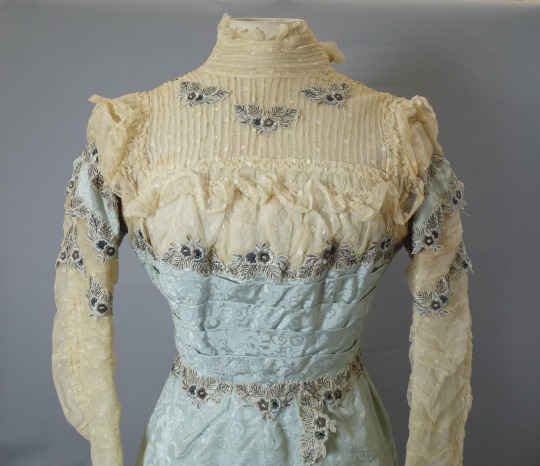

Afternoon Dress
c. 1905-1910
Silk damask trimmed throughout with embroidered braiding, lace, net on cotton lining, and boned
Victoria and Albert Museum
#edwardian gown#edwardian era#edwardian dress#Edwardian#1900s#1910s#1910s fashion#dress history#historical fashion#fashion history#20th century fashion#history of fashion#vintage fashion#vintage dress#vintage#frostedmagnolias
59 notes
·
View notes
Text
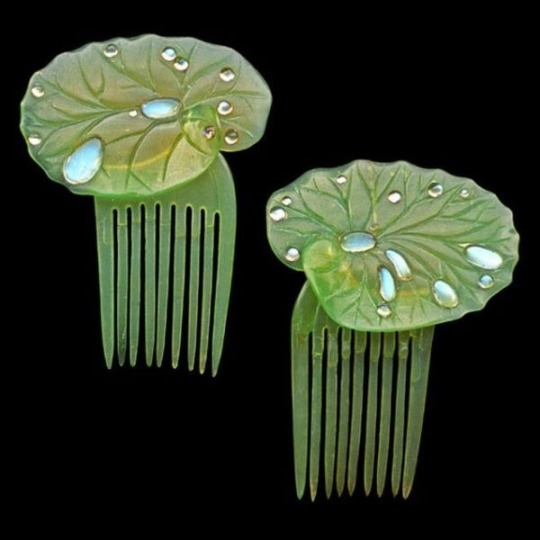
hair combs in the form of lily leaves in dewdrops. england, 1906
23K notes
·
View notes
Text
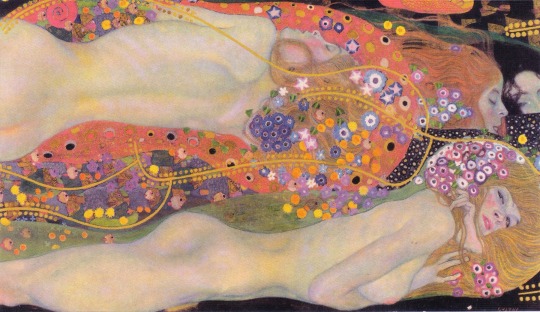
Water Serpents II by Gustav Klimt (1907)
#gustav klimt#art#paintings#fine art#1900s#1900s art#symbolism#symbolist art#symbolist#painting#austrian art#austrian artist#serpent#serpents#classic art
9K notes
·
View notes